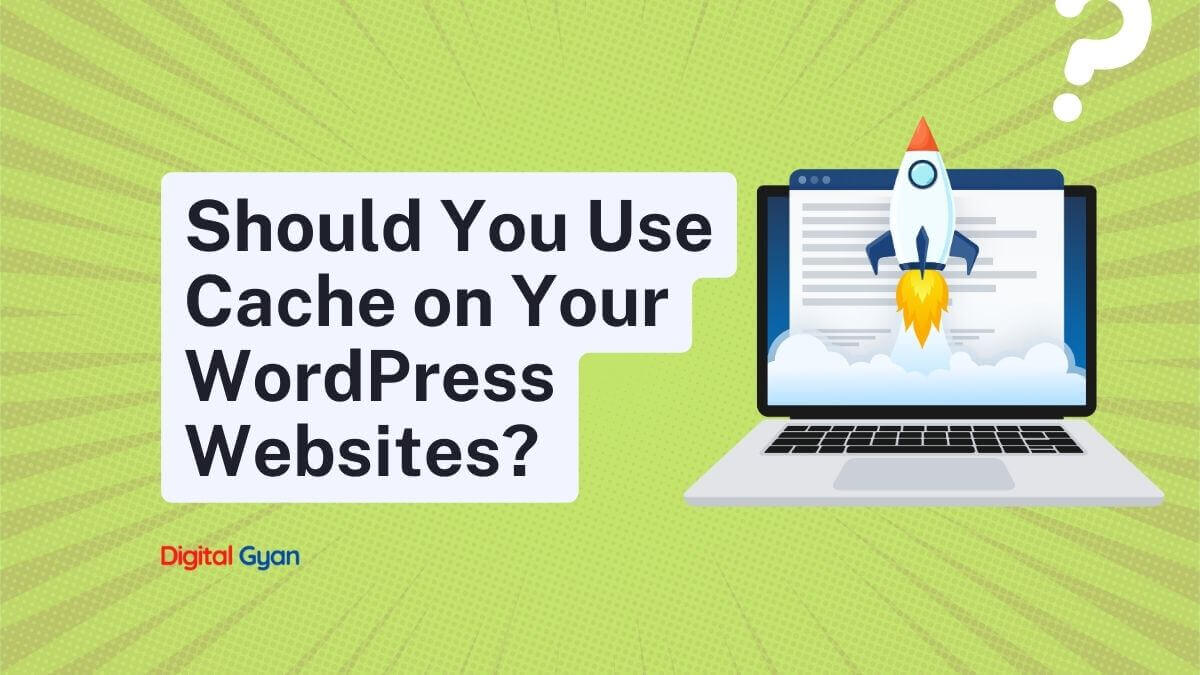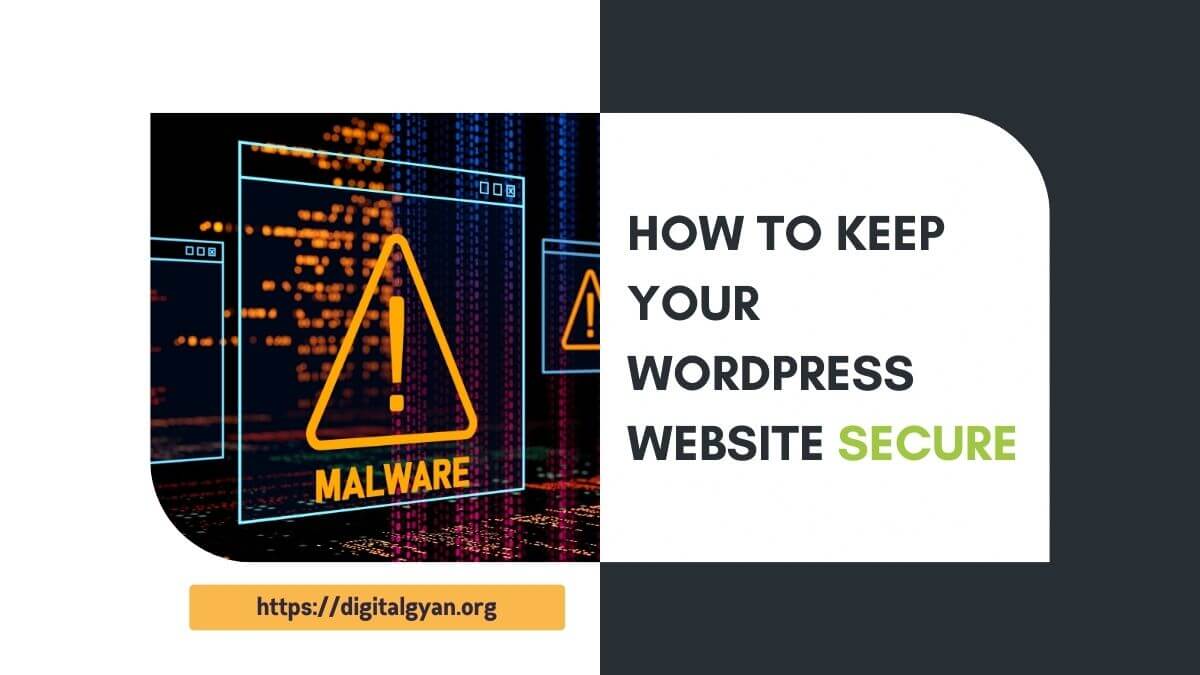Top 5 WordPress Errors and Their Solutions
WordPress is one of the most popular Content Management Systems in use today. However, you get to face many errors and issues while using WordPress from time to time.
These are pretty common when you have lots of plugins, plugins that aren’t updated, and a custom theme. So what are the top WordPress errors you will see, and what can you do about them?
Here’s the list of the top 5 WordPress errors and bugs that I most commonly come across on my clients’ websites, and how to fix them.
The maximum execution time of 60 seconds exceeded
This error occurs when the server takes longer than its allowed time to execute a script or process, causing WordPress to terminate the execution prematurely.
In PHP, you have an allowance of 60 seconds to run any given script. That means if you try to run a script that will take longer than 60 seconds, it won’t execute. Instead, it will simply fail, resulting in the error listed above.
If you’re not comfortable making changes to files, contact your hosting provider and explain the issue. They might be able to adjust your server settings or increase the maximum execution time limit on their end.
Error 404 after migrating website from one server to another
This WordPress error is often noticed when you manually migrate your WordPress website using folders, files and the database file. You might see the homepage working well and all posts appearing in order, but when you click any post, it leads you to an error 404 page.
This error has a quick solution. To fix this issue, simply go to the Permalinks option and click on the Save button. The error will be fixed.
Blank homepage
This is another error that you encounter after migrating a website. However, one more cause of this issue is when the functions file of your theme has been modified (due to hacking or because you made a mistake while editing the functions file).
There can be several causes for a blank homepage on WordPress. Here are some possible reasons and their respective solutions:
1. Plugin or theme conflict: Incompatibility between plugins or themes can cause a blank homepage, and a log file might not be much help in most cases. The solution is to disable all plugins and switch to a default theme (e.g., Twenty Twenty-Four) to check if the issue is resolved. If it is, reactivate each plugin and theme one by one to identify the conflicting one.
2. Memory limit exceeded: If your PHP memory limit is exhausted, it can result in a blank homepage. These errors will mostly appear when installing a new theme or plugin. You can fix this issue by increasing the PHP memory limit by editing the wp-config.php file or contacting your hosting provider for assistance.
3. Corrupted .htaccess file: A faulty .htaccess file can lead to a blank homepage. Rename the .htaccess file to something like .htaccess_old and try accessing your website again. If this resolves the issue, generate a new .htaccess file by going to Settings > Permalinks in your WordPress dashboard.
4. Database connection issues: Problems connecting to your database can also cause a blank homepage. Check if your database credentials (username, password, hostname) are correct in the wp-config.php file. If necessary, contact your hosting provider to verify if there are any issues with the database server.
5. Corrupted core files: If WordPress core files are corrupted, it can lead to a blank homepage. Reinstalling a fresh copy of WordPress can help in such cases. Make sure to back up your existing website before proceeding.
6. Cache-related problems: Cached pages or outdated cache plugins can sometimes cause a blank homepage. Clear the cache via the cache plugin settings or, if not using a cache plugin, try clearing your browser cache or accessing the site in incognito mode.
Forgotten admin password
With so many passwords to remember today, it is common to forget passwords to your WordPress website. Usually, you can reset the password, however, sometimes luck is not in your favour. Other times, the mailing feature of the server does not work, and you never receive the password reset link.
To fix this issue, you should log in to your website control panel, go to PhpMyAdmin, and find wp_users table. Now select the admin record, set the password in the password field, and choose ‘MD5’ in the hashing option. Click Save. The password that you set now will be working, and you can log in to the dashboard of your website.
SSL padlock is not green (This site is not secure)
When the SSL padlock is not green and displays a message such as “This site is not secure,” it indicates that there are issues with the SSL certificate or its configuration. Here are some common causes and potential solutions:

1. Mixed content: If your website contains a mix of secure (HTTPS) and non-secure (HTTP) content, browsers may display a warning. Go through your website’s code, including HTML, CSS, and JavaScript files, to ensure all references to resources (images, scripts, stylesheets) use HTTPS instead of HTTP.
2. Expired SSL certificate: Check the expiration date of your SSL certificate. If it has expired, you need to renew it with your certificate authority (CA). Follow their instructions to generate a new CSR (Certificate Signing Request) and obtain a renewed certificate.
3. Incorrect SSL installation: Double-check if the SSL certificate is properly installed on your server. Make sure you have included both the private key and intermediate/root certificates in the configuration. Contact your hosting provider for assistance if needed.
4. Insecure content loading: Some external resources may be loaded insecurely on your website, such as images or scripts from other domains that do not support HTTPS. Update the URLs of these resources to use HTTPS where possible or find alternative sources that support HTTPS.
5. Server misconfiguration: There may be server misconfigurations that prevent the SSL handshake from taking place correctly. Check your server settings, specifically for protocols like TLS/SSL versions enabled and cipher suites configured. Ensure they align with modern best practices.
Expert support to fix WordPress Errors
If you find you are a non-technical person and cannot make any of the changes above, you may hire me to make those changes for you. You may reach out through the contact form.
I will fix the errors at the earliest possible time and get your website working again.

